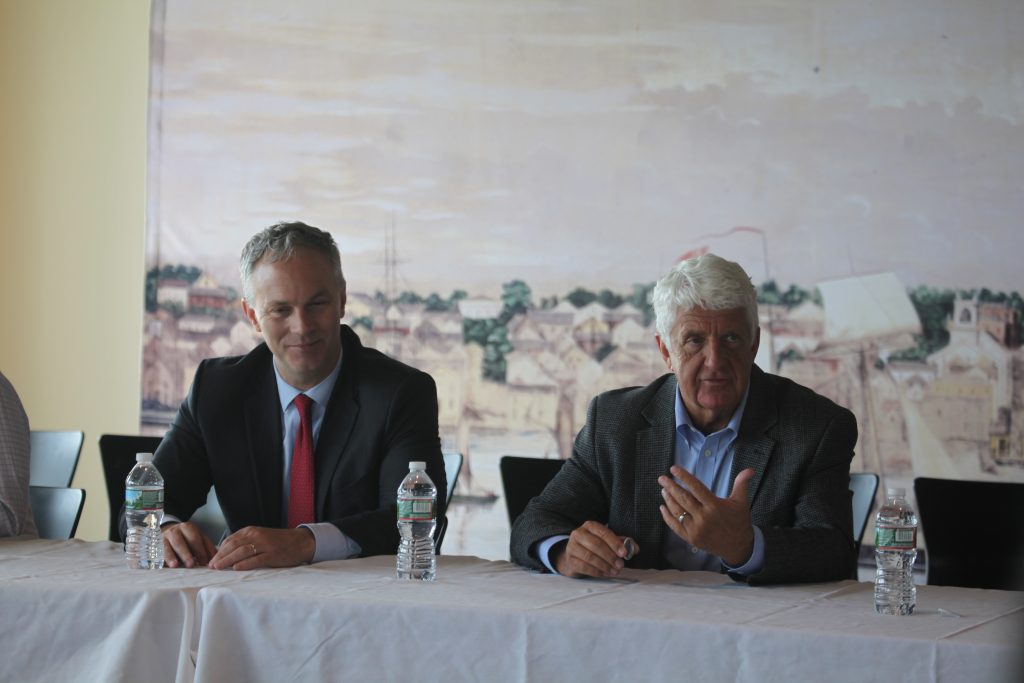May 12, 2022 — Scallop fishermen and captains told fishery management staff in no uncertain terms that they do not want to change current regulations to allow permit-holders to lease their fishing allocations.
More than 110 attendees — a mix of fishermen, shoreside business owners, marine scientists, attorneys and vessel owners — filled a meeting room at the Whaling Museum on Wednesday for the first of two public meetings in New Bedford on the leasing proposal. Those who spoke in opposition drew loud applause, while those who spoke in support drew little or none.
“There was a time in this industry when a father owned a boat and he taught his son, and his son was able to rise up … buy and operate his own boat, and you know, those days are gone,” said Tyler Miranda, a New Bedford captain of two scallopers. “I think that if [leasing] does move forward and is developed, it will take even further away from the family and community dynamic that fishing is and always was — and will make it more corporate.”
New Bedford for two decades has been the nation’s highest-value fishing port, in large part due to its scallop landings.
Current regulations in the limited access scallop fishery allow one permit per vessel, which entitles a boat to a certain number of days at sea and access area trips to harvest scallops. A leasing program could enable a permit-holder to lease trips and days at sea from another permit-holder, or lease to themselves and fish two allocations with a single boat, for example.
While a lobbying effort is advocating for specific ideas for leasing, the New England Fishery Management Council is taking a broader view and seeking comment on not only whether such a program is needed, but also what it should look like.


